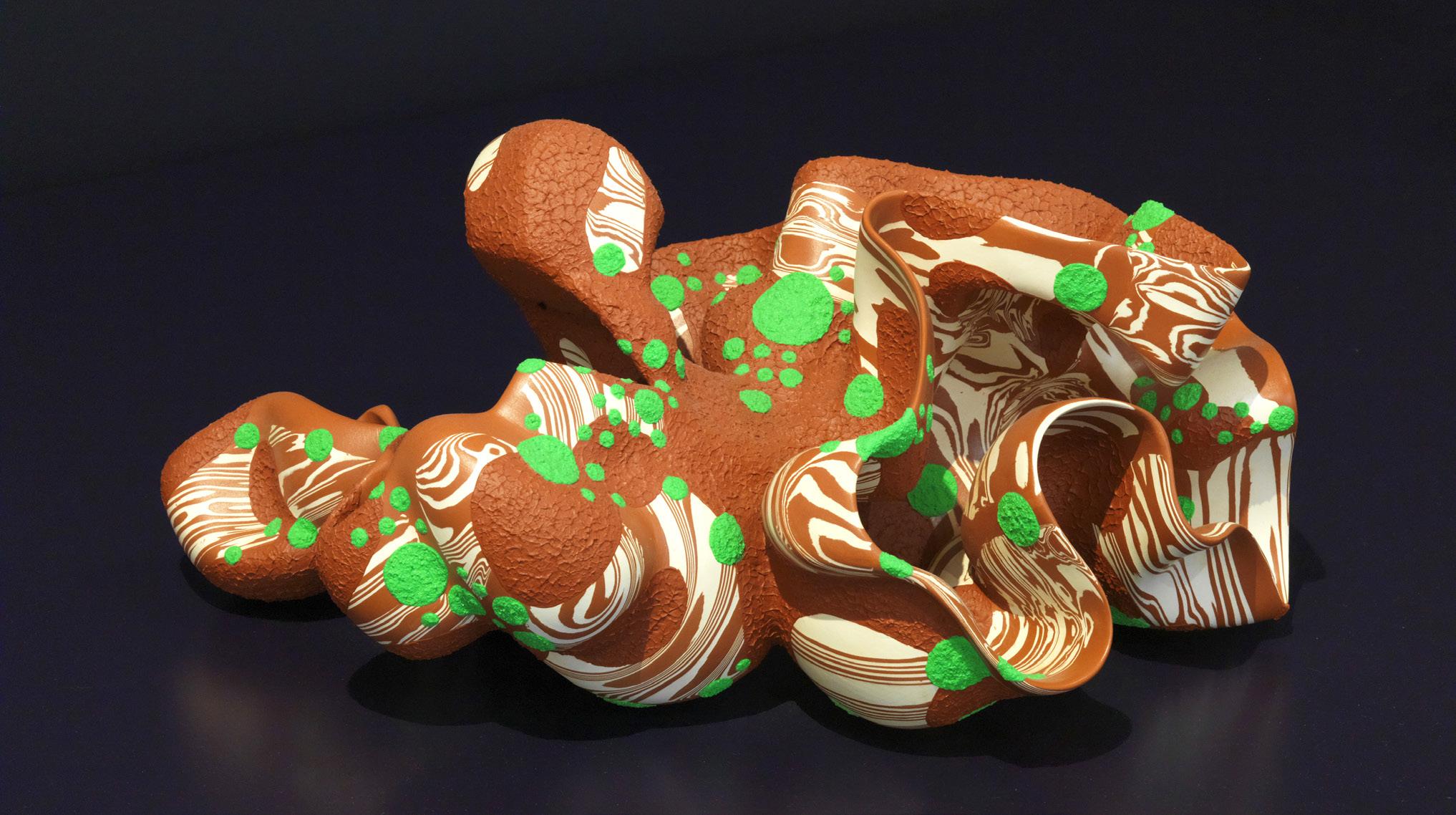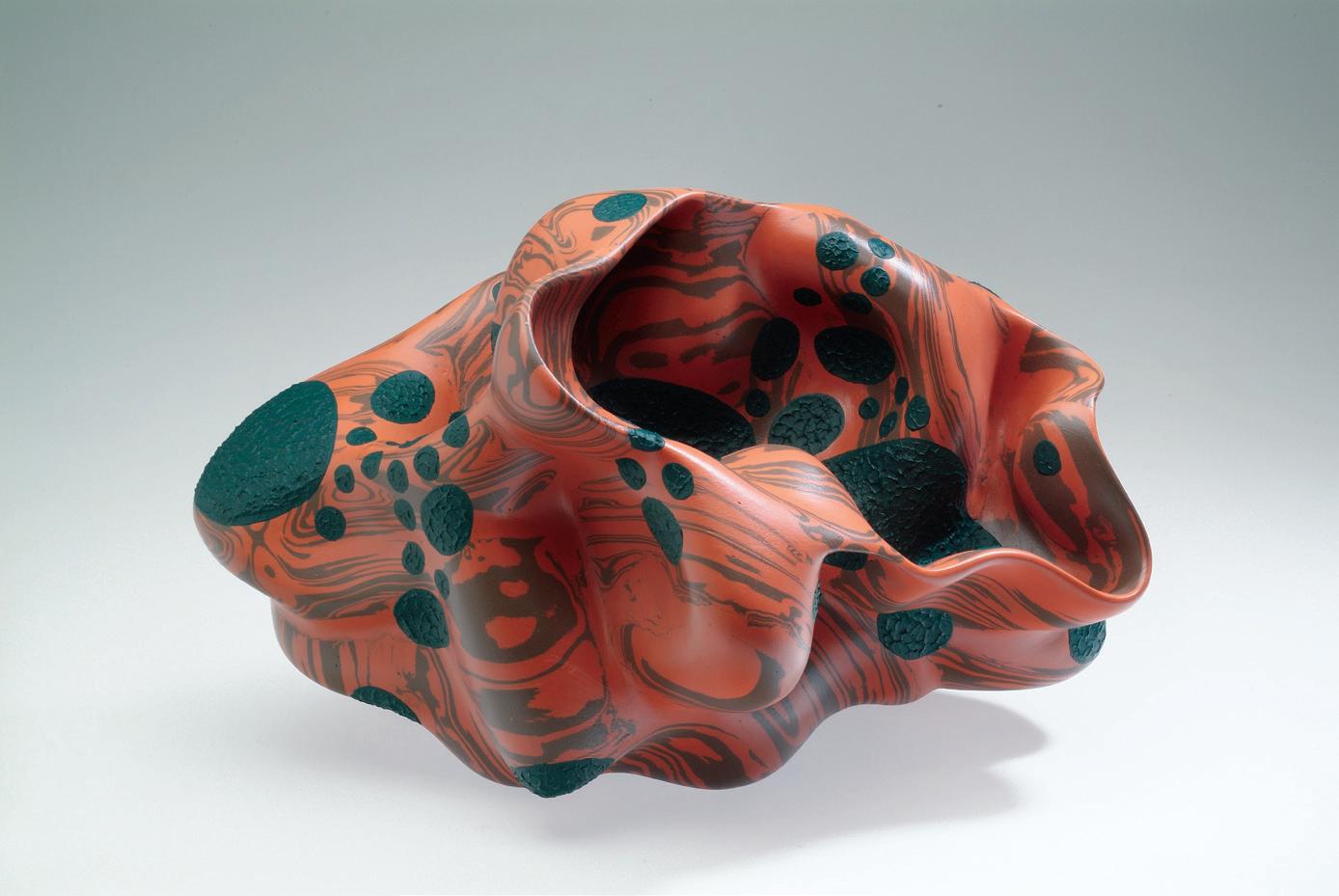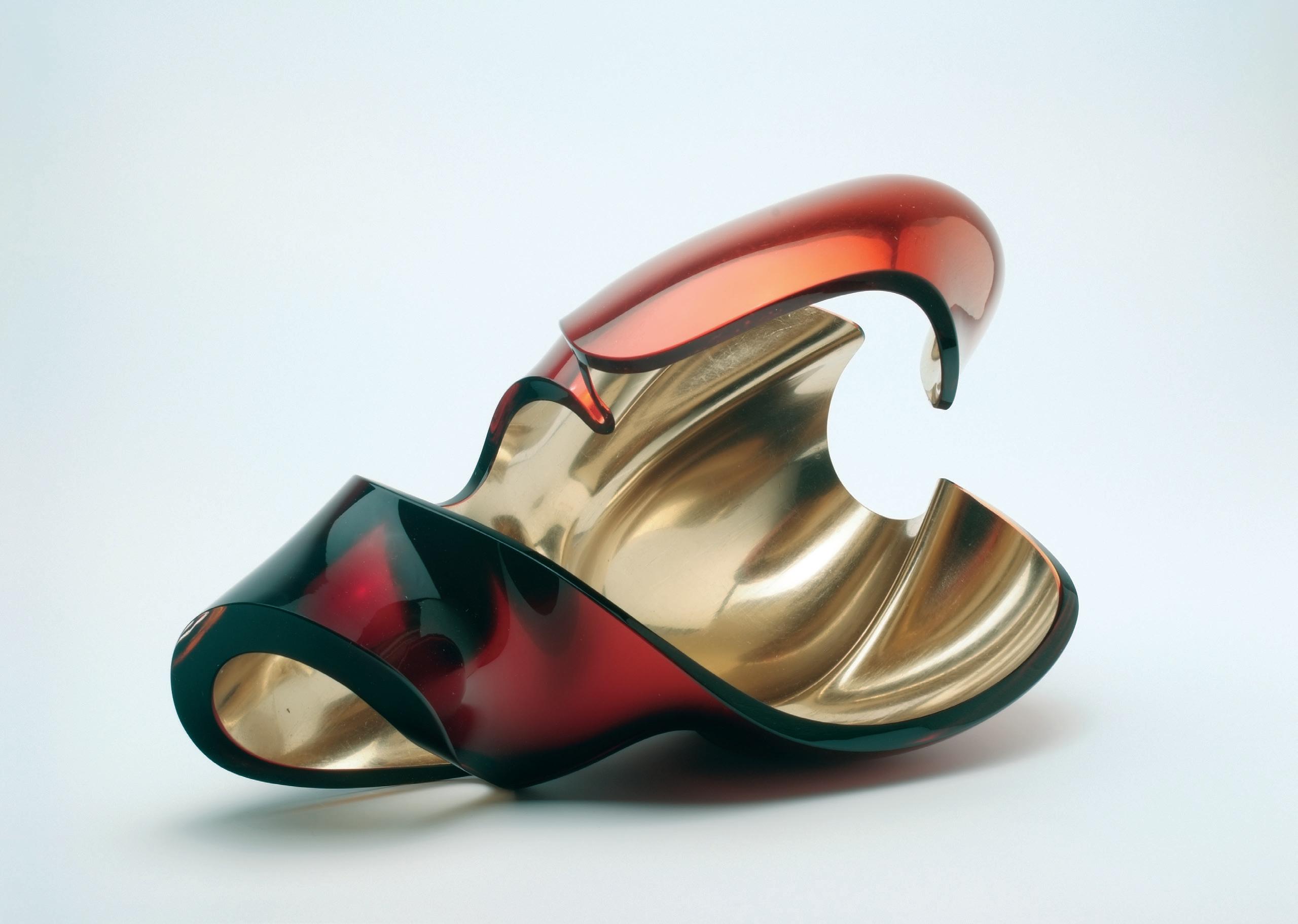
4 minute read
In the Hands of a Sculptor A sculptor with a depth of experience, Barbara Nanning approaches her art with fluidity allowing each piece of work to build from the one proceeding
In the Hands of a Sculptor
Barbara Nanning can be described as an artist that never ceases to surprise with the ability to combine contradictory elements in a manner to present a seamless artform. Her artistic skillset started at an early age. By the time she was 12 years old, Barbara already had her own potter’s wheel and kiln for making pots. “At craft fairs I gave demonstrations at craft markets, and people thought that was beautiful,” she recalls.
Advertisement
From 1974 to 1979, she attended Gerrit Rietveld Academie, Ceramic department, in Amsterdam (NL) and later studied at Rijksacademie van Beeldende Kunsten, Monumental department. One of Barbara’s early artistic influences was Dutch artist Harm Kamerlingh Onnes. “Harm Kamerlingh Onnes is best known for the small, humorous character sketches of everyday life in the form of painted tiles, animal, and human figures. The narrative element of his work really appealed to me. I also wanted to visualize my story in plastics and in spatial forms,” she says.
Barbara’s sculpting gained momentum in 1988 when she began constructing composting forms out of cut-up cylinders. “Worthy of note

is that my desire to work in monumental formats grew apace. The first sculptures for public spaces date from this period. With the Fossil forms, I added no colour and left the beige fired stoneware clay for what it was. I found the inspiration for these works during a study trip to Cappadocia, a chalk-white Turkish landscape with dwellings hewn from the cliffs and weather-eroded masses of rock.”
Barbara states that the barrenness, the monochrome quality, and the purity appealed to her

enormously. “These impressions led to unglazed, turned pots and vases, which were circumvented with rope, causing bulges to arise between the constrictions. This was the beginning of the series of Fossil forms, which emerged from a sort of spiral shape,” she says.
Since 1990, This signature method of working from a circle gives her art a unique and distinct look. “First [I took] the cylinder of wet clay, wrapping a rope around it and then turning the clay outward through the pressure of my hands.
In a subsequent phase, I cut out the bottoms and laid these turned forms on their sides, so that a pot or vase became a free object.”
In 1994, Barbara began adding glass to her repertoire―the material in which she would eventually come to focus exclusively. “Glass demands an entirely different attitude to design than using clay in your own studio, thoroughly conversant with its potential and limitations. With clay, design and execution are in your own hands,” she explains. “With glass, com

pletely different skills are necessary, and one would be dependent on the assistance of glassblowers, cutters, and finishers.”
Barbara adds that glass enables one to go completely wild with color. “Colours don’t run together. To achieve sharp grooves that both relieve and emphasize the globular shapes, metal profiles are pressed into the mass of hot glass during the blowing process.”
Barbara’s work with glass and ceramics reflect the same balance

and simplicity. “Sometimes there is an almost literal translation from clay to glass. Thematically, the nature-based formal idioms of ceramics are expanded into motifs that show off the plastic qualities of glass so well. However, with glass, you have the fascination of transparency, optical effects, and reflectivity,” she explains.
Barbara’s portfolio has a wide range of sculptures where her new objects follow the preceding ones. “Ideas often continue to have an effect for a long period of time, but never in a strictly linear way. Sometimes the forms are hybrid, emerging like some caprice of nature in an entirely new guise – and in isolated cases, via a large detour after much searching and deadend experiments,” she says.
Her work is exhibited at art fairs such as Art Basel/Miami, SOFA Chicago, and TEFAF Maastricht and can be found in museums worldwide―Museum for Fine Arts Boston, Musée des Arts Décoratifs Paris, Stedelijk Museum Amsterdam, Design Museum Gent, Metropolitan Museum Seoul and private collections worldwide―and in private collections, including Airbus, Fundación Picasso and Mimi, and Bill Gates Sr.
Barbara concludes: “My aim is to unite tradition with innovation, Oriental luxury with Dutch soberness, freedom with structure, and reason with emotion. My work is a fascinating mix of unequal quantities resulting in simplicity rather than complexity. A fusion of carefully chosen and sometimes seemingly conflicting elements that ultimately appear so obvious that no-one can be surprised by the unconventional combination of elements.”
For more information, please visit the following:
http://www.barbarananning.nl
https://www.accartbooks.com/ us/book/barbara-nanning-eternal-movement/
https://www.kunstmuseum.nl/en/ exhibitions/barbara-nanning
For more detailed information about the artist, read Barbara Nanning – Eternal Movement. Ceramics, Installations and Glass Art written by Titus M. Eliëns ― ISBN 978 94 6262 256 2.










